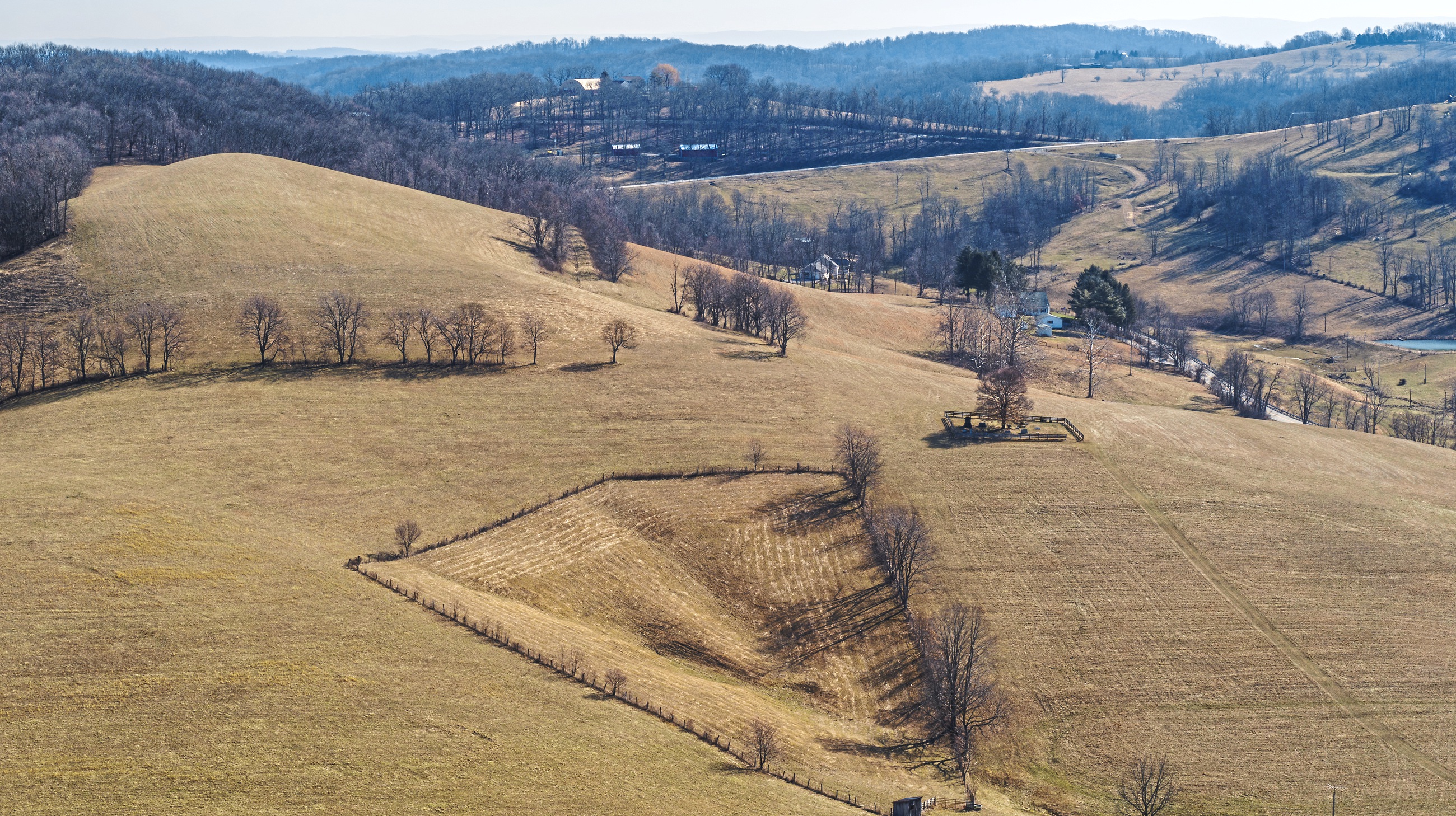
The state’s economy needs better rural public transit
Everyone understands the need for public transit in urban centers, and how crucial effective and trustworthy public transportation is to a city’s economic success. Fewer understand the need in other parts of the state, including the suburbs and rural areas.
It’s just as serious a need and has just as great an economic effect. And it will only get greater.
The lack of good public transit in these areas makes finding workers much harder and sometimes impossible. If people can’t get to work, they can’t work.
Finding workers
Workers need affordable and reliable transportation to and from the workplace, as much as they need childcare, education, training, and healthcare. Reliable and affordable public transit is needed all over the Commonwealth, not just in cities. Here are four reasons why.
First is the Commonwealth’s changing demographics. Pennsylvania has a declining workforce age population — meaning the source of taxes is shrinking — while the elderly population is increasing along with their costs for long-term care etc. In 2020 there were 3.1 workers paying taxes to support one retired person. In 2030 there will be 2.4 workers to support one retired person.
The second reason more public transit is needed is the growing unaffordability of personal vehicles. The average cost of new vehicles ranges from hybrid at $39,040 to gas powered at $48,6141 to electric at $56,371.
Add tariffs and prices increase further. The Center for Automotive Research estimated the average tariff cost per vehicle will be $4,239 for domestically-made and $8,722 for imported vehicles.
Used vehicles are also expensive and come with added maintenance and repair costs. And — an important consideration for workers — are less reliable.
That’s a huge expense for many people. The median household income in Pennsylvania was $79,820 in 2023. And every expensive is continually going up.
The third reason points is that a growing group of young people — our future workforce — have no interest in driving. Remember when teens could not wait for their sixteenth birthday? The percentage of 19-year-olds with a driver’s license dropped from 87.3% in 1983 to 68.7% in 2022, according to the Federal Highway Administration. They will need to have other transit options.
A fourth reason relates to people for whom integration into the work world is very important. Investigating hiring the formerly incarcerated, for which I work, the Manufacturer & Business Association found they have no way to get to and from the workplace. In 2022, about 219,000 people were released from prisons and jails in Pennsylvania. The barriers for this group to obtain driver’s licenses and vehicles are extremely challenging.
Every worker needed
Given these realities, in just a decade or less, every possible worker will be needed. That means we need to expand our view of transit and experiment with new ways to move people where they need to go.
In the early twentieth century, western Pennsylvania had one of the most extensive and interconnected streetcar networks in the country. Streetcars served as the primary public mode of transit before widespread car ownership. Now, in the twenty-first century, a diverse set of tools is needed to provide what the streetcar network once provided.
If Pennsylvania wants to solve our workforce’s transit problems, a solution absolutely crucial to the state’s economic progress, we need a statewide plan that understands how important suburban and rural public transit is to the state’s economy and the wellbeing of our citizens. It is a difficult problem, and I don’t have any answers.
Transit must provide more than a fixed route, point-to-point service, usable only by those who live close enough to a line. The solution may include mixing public ownership and privatization and creating public-private partnerships. It may include increased fares and other financial adjustments, like less worker overhead for transit agencies.
It will almost certainly include technological innovations, like self-driving buses, and changes to the way the service is provided, like service on demand. Both will need to be carefully coordinated with public transit.
The solution needs funding
The solution must include a sustainable revenue stream. The brutal facts of public transit in 2025 is that the urban systems have been impossible to fund fully and there is little funding to expand other systems.
Pittsburgh Regional Transit respectively face and faces a $100 million budget deficit and Southeastern PA Transit Authority a $213 million budget deficit. Lawmakers may approve of the transit funding needed this year but this is unsustainable.
What we are doing now is not working and it won’t work in 2035 when every last, available worker will need a way to get to and from the workplace.
Eileen Anderson is the director of government relations of the Manufacturer & Business Association serving western Pennsylvania.
